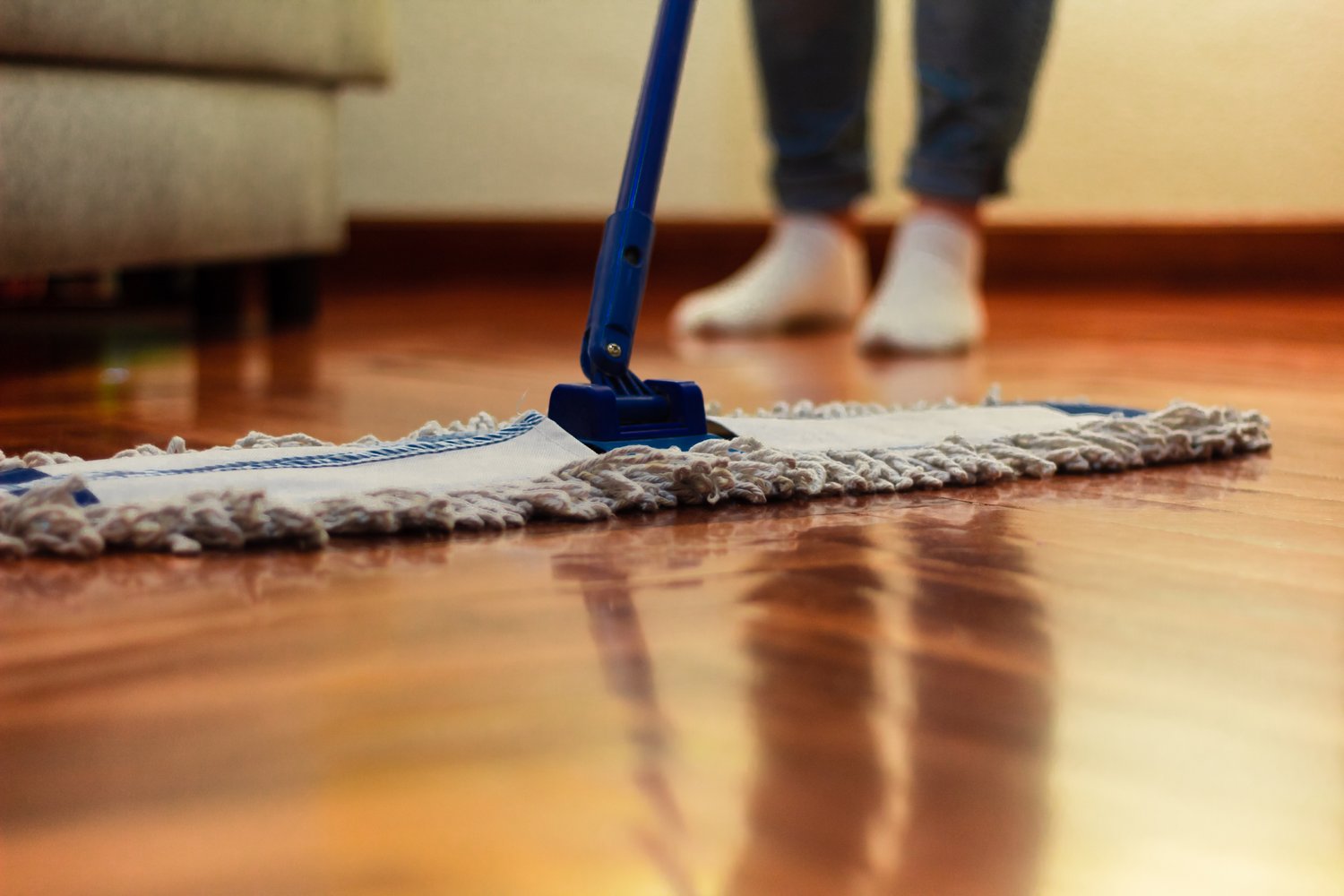Moving from a carpeted home to one with hardwood floors can be a significant adjustment for your furry family members. While hardwood flooring offers numerous benefits for homeowners, pets often struggle with the slippery surface, leading to anxiety, mobility issues, and even injuries. This article explores practical strategies for helping your pets transition comfortably to hardwood floors, focusing on creating traction, establishing comfortable spaces, and ensuring your pet’s confidence and safety as they navigate their new environment.
Understanding Why Pets Struggle with Hardwood Floors
Hardwood floors present a unique challenge for pets, especially dogs. Unlike carpet, which provides natural grip for paws, the smooth surface of wood flooring offers minimal traction. When dogs or cats try to walk, run, or turn on these surfaces, they often experience their legs splaying outward in different directions. This dog slipping on wood floor phenomenon isn’t just amusing to watch—it can be stressful and potentially harmful for your pet. Senior pets and those with joint conditions like arthritis or hip dysplasia face even greater challenges. The lack of grip forces them to use muscles differently, potentially exacerbating existing conditions or creating new ones as they strain to maintain balance.
Creating Traction Solutions for Pet Safety
The most immediate concern when transitioning pets to hardwood floors is preventing slips and falls. Temporary paw traction solutions can be very effective while your pet adjusts. Pet-specific paw wax products create a barrier between paw pads and slippery surfaces, enhancing grip without damaging your floors. Similarly, fabric paw booties with rubber grips on the bottom provide excellent traction, though some pets need time to accept wearing them. For a more permanent solution, consider strategic placement of area rugs and runners in high-traffic pet zones. Look for rugs with non-slip backing specifically designed for hardwood floors. Creating these “traction pathways” throughout your home allows pets to move confidently between rooms without constantly navigating slippery surfaces.
Maintaining Your Pet’s Paws for Better Grip
Proper paw maintenance significantly improves your pet’s ability to navigate hardwood floors. Long fur between paw pads reduces natural traction, so regular trimming is essential. Keep this fur short and even with the paw pads for maximum contact with the floor. Additionally, keeping nails properly trimmed prevents the awkward gait that occurs when nails are too long, which can contribute to slipping. Another often overlooked aspect is the smoothness of paw pads themselves. Regular moisturizing with pet-safe balms prevents pads from becoming too dry and slick, enhancing natural grip on hard surfaces. Experts at AskHomey recommend establishing a weekly paw maintenance routine to help your pets maintain optimal traction on hardwood floors.
Creating Comfortable Rest Areas
Making hard floors pet-friendly goes beyond preventing slips—it also means providing comfortable places for your pet to rest. Hardwood floors can be cold and uncomfortable for extended periods, especially for older pets or those with joint issues. Strategically place pet beds in different rooms of your home, ensuring your pet always has a comfortable alternative to lying on the hard surface. Consider orthopedic memory foam beds for senior pets or those with joint pain. Even if your pet previously preferred lying directly on carpet, they’ll appreciate having softer options available on hardwood. For cats who enjoy perches, adding cat trees or window seats provides them with elevated alternatives to the hard floor.
Training and Patience During Transition
The psychological aspect of transitioning to hardwood floors shouldn’t be underestimated. Many pets become anxious when they can’t move confidently, so positive reinforcement during this adjustment period is crucial. Start by encouraging your pet to explore small sections of hardwood flooring while offering praise and treats. Gradually expand these areas as your pet builds confidence. For especially nervous pets, consider using a harness initially to provide support while they learn to navigate the new surface. This support gives them security while they develop the muscle memory needed for walking on slippery surfaces. Patience is essential—some pets adapt quickly, while others may take weeks to feel fully comfortable on pets on hardwood floors.
Long-term Floor Protection Strategies
While focusing on your pet’s comfort, it’s also wise to protect your hardwood investment. Regular nail trimming not only helps your pet with traction but also prevents scratches on your beautiful floors. Consider using pet-specific floor cleaners that remove accident residue without damaging the wood finish. For areas with heavy pet traffic, applying an additional coat of polyurethane can provide extra protection against wear and scratches. These preventative measures ensure both your pets and floors remain in excellent condition for years to come.
For more tips and to connect with reliable home service professionals, follow AskHomey on Facebook and Instagram.



